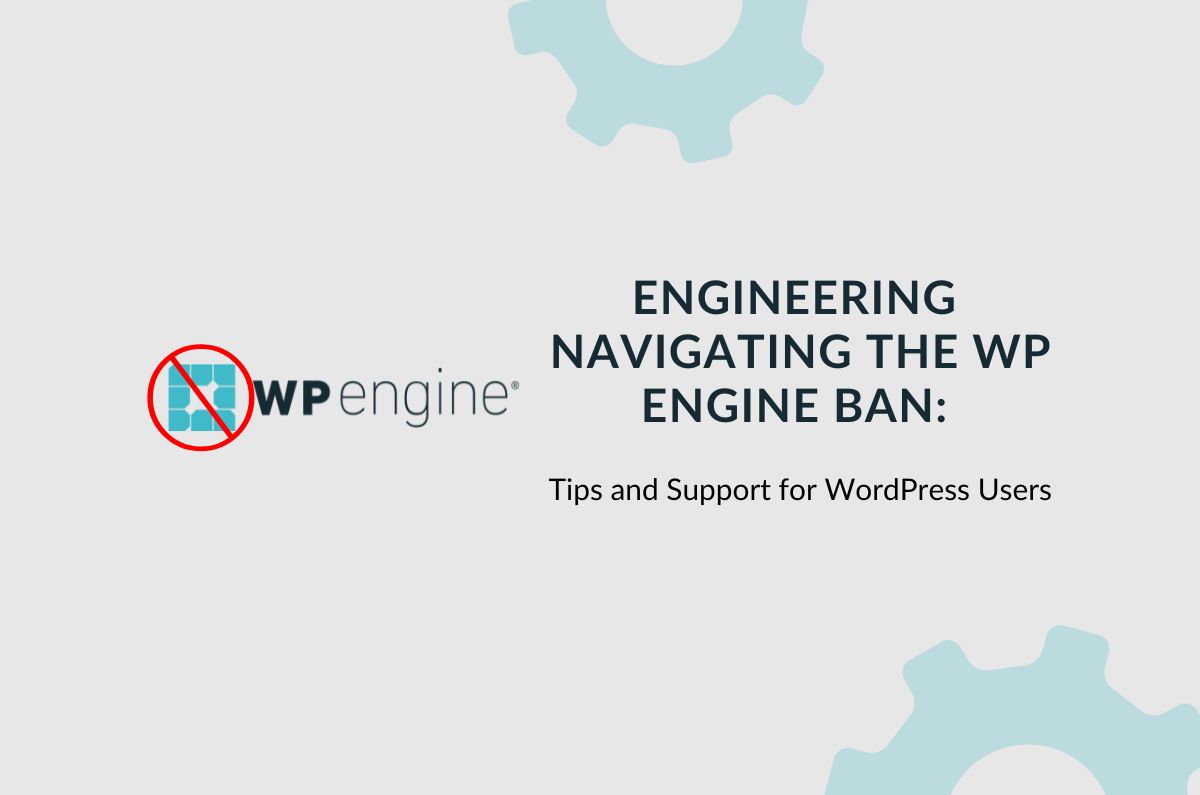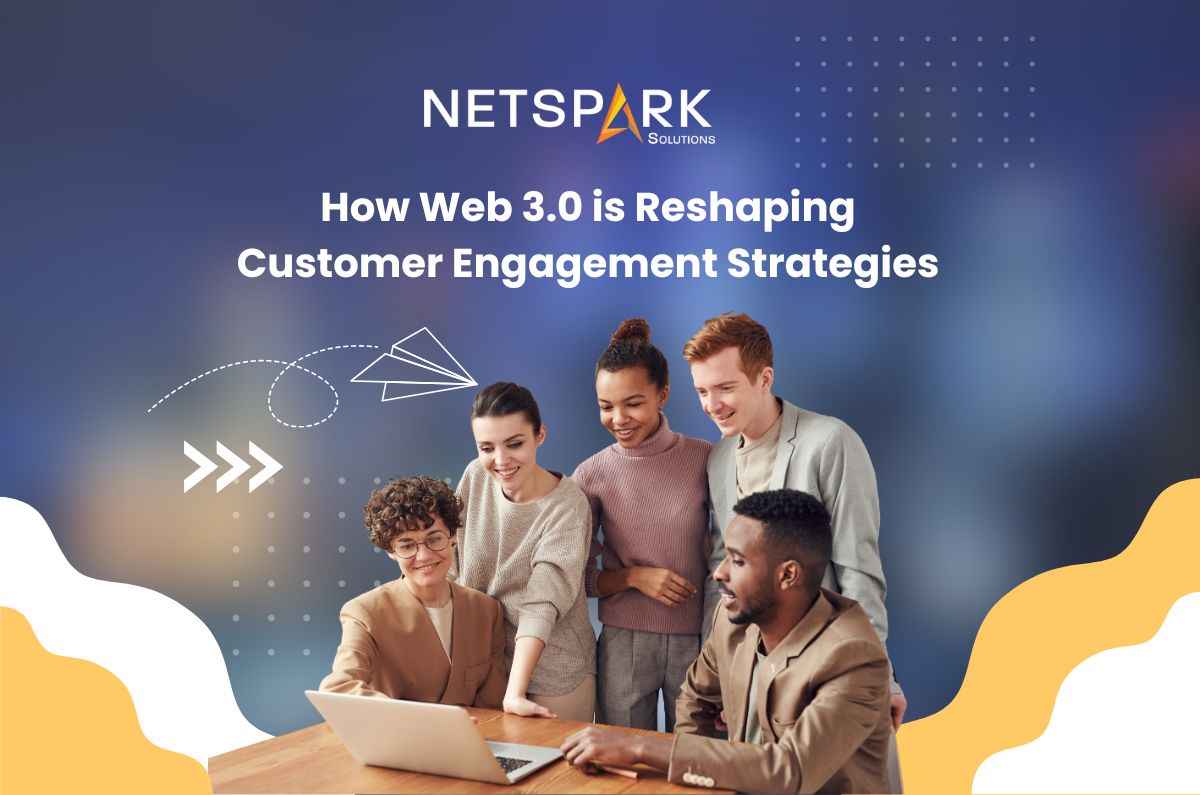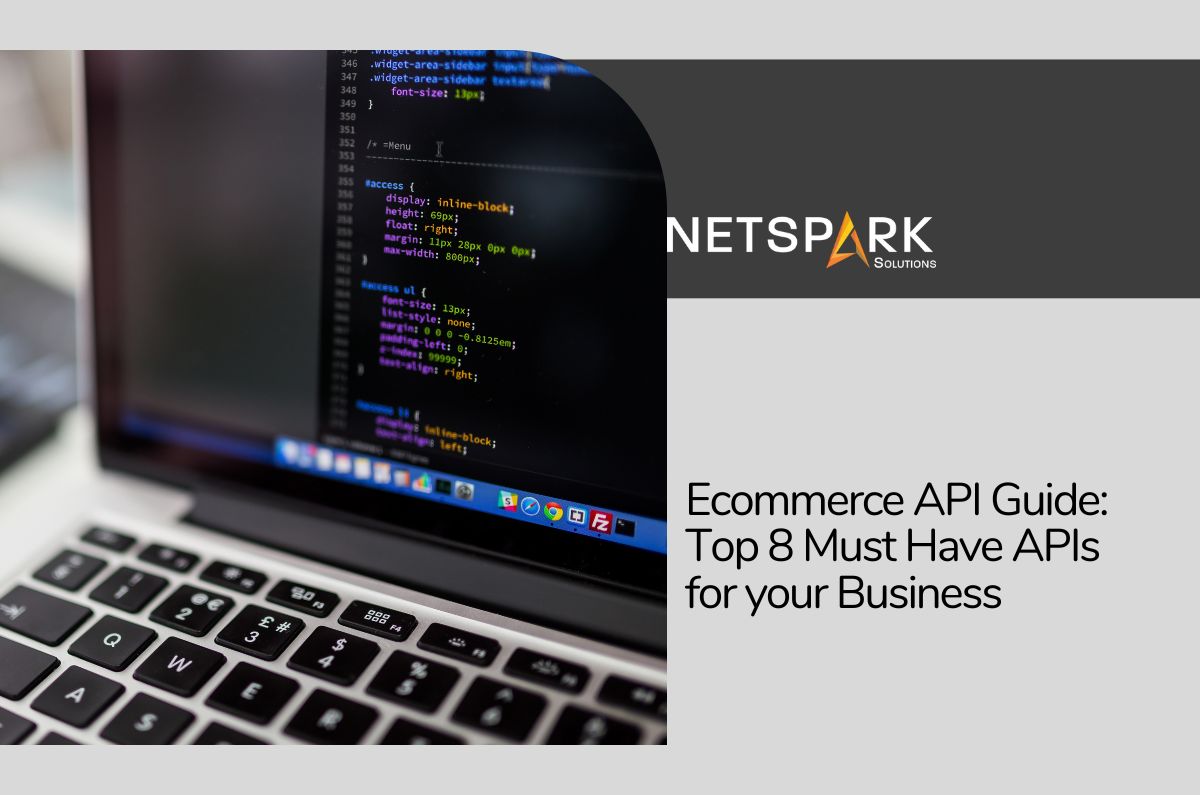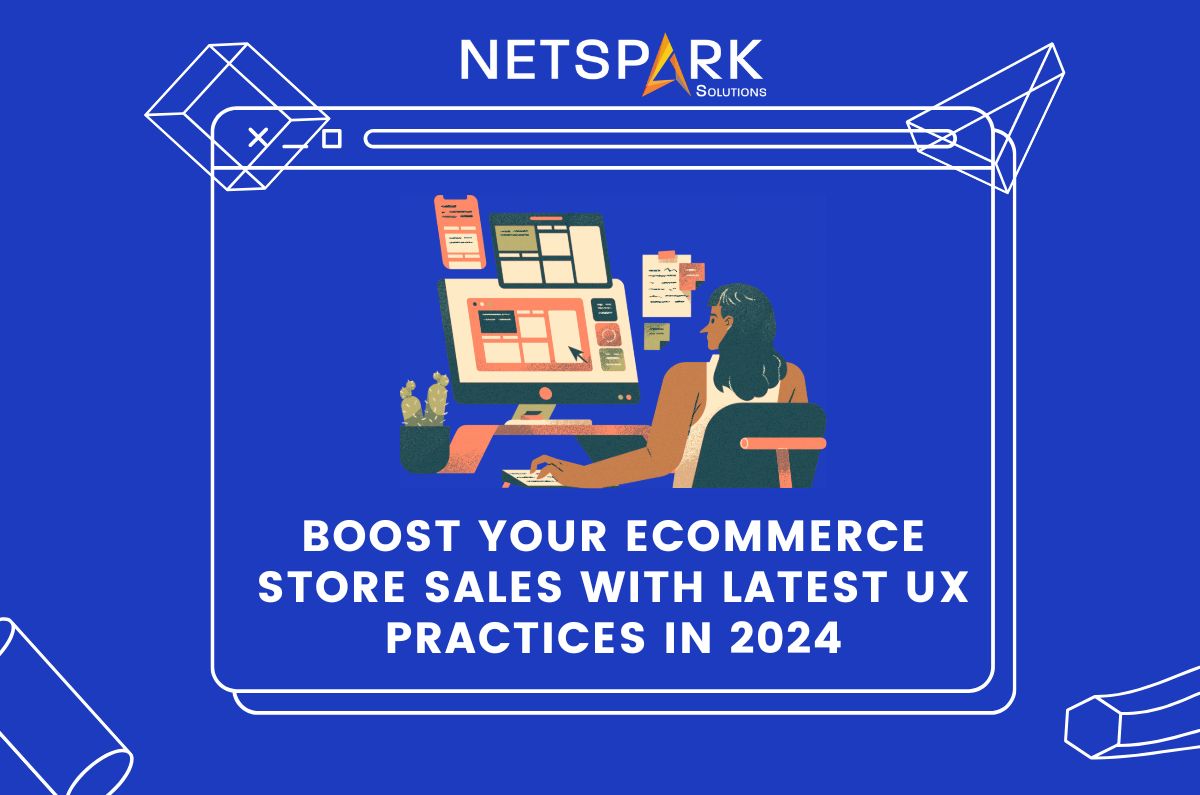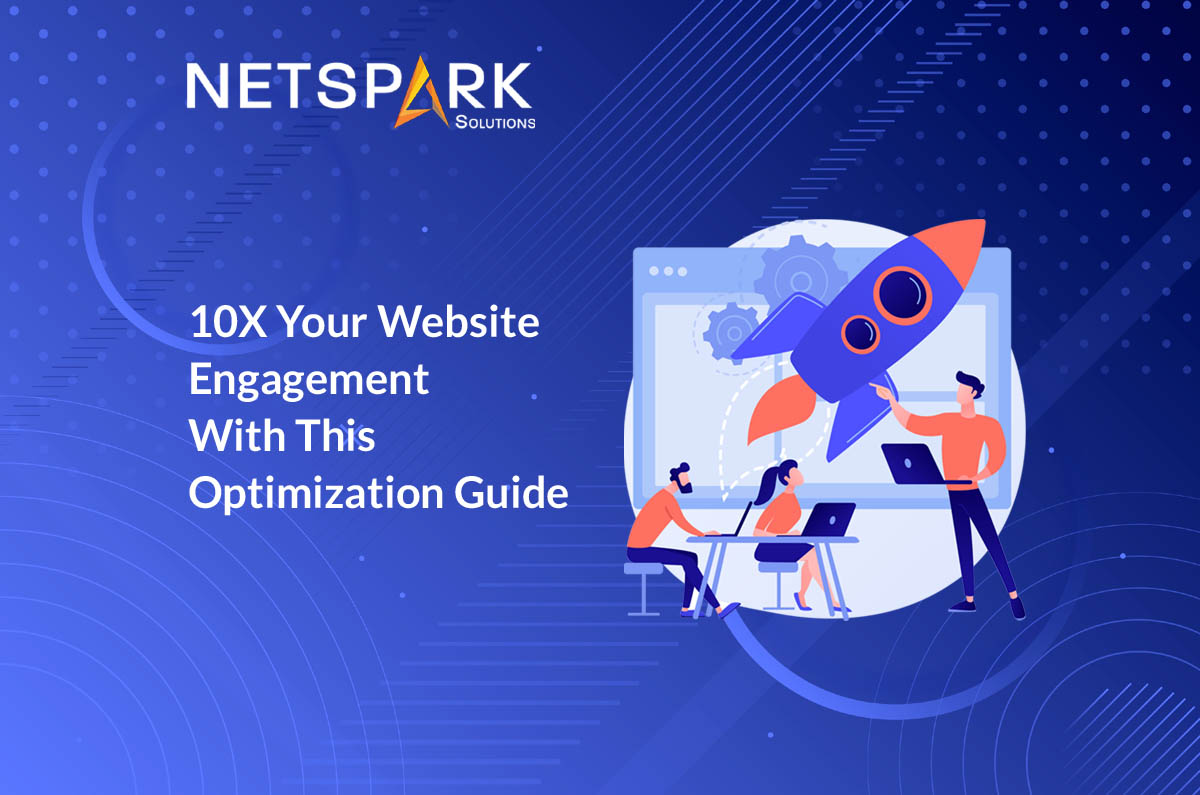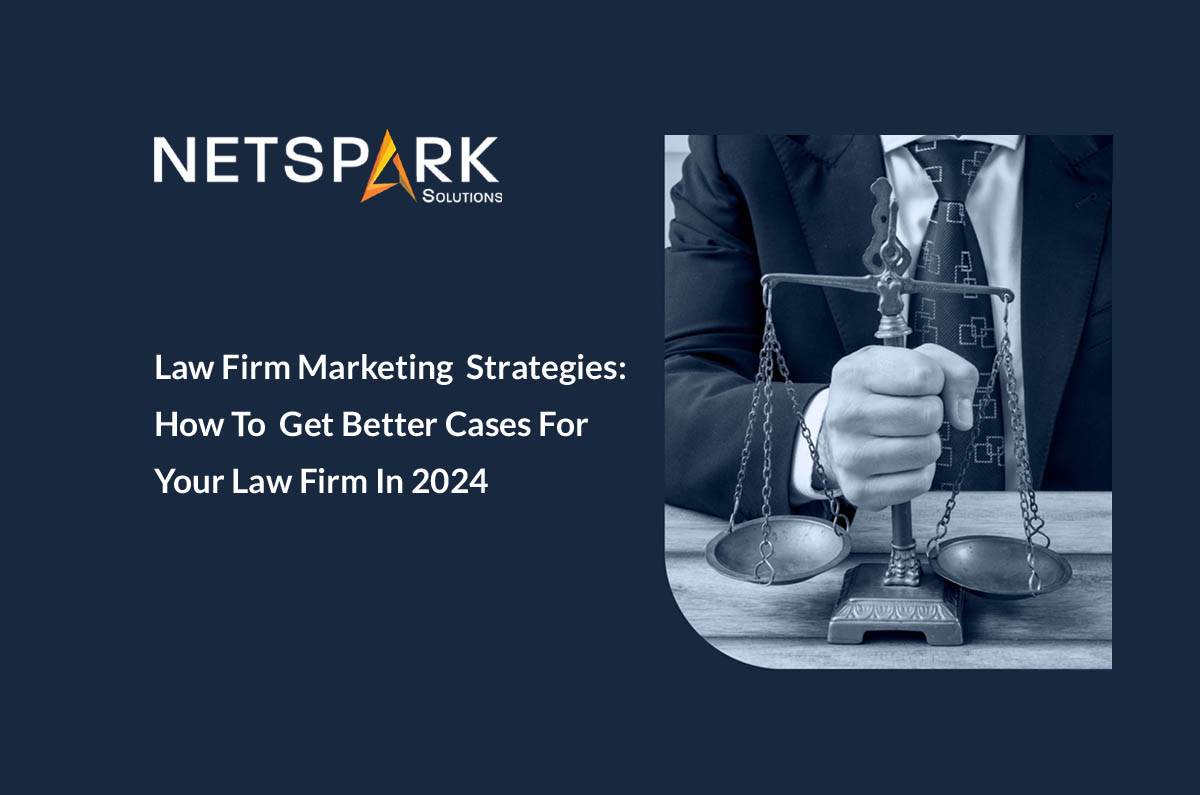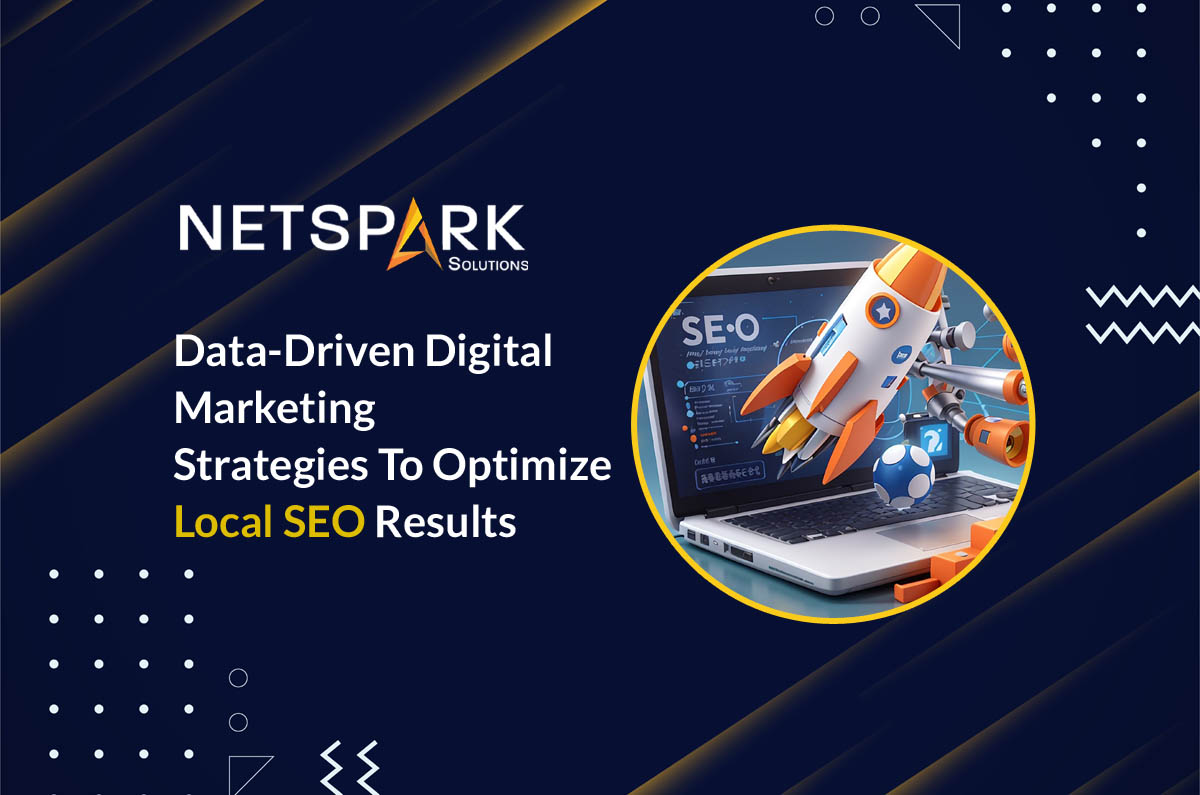Many ecommerce entrepreneurs overlook customer engagement while devising a marketing campaign for their online store. Without proper customer engagement, it can get challenging for ecommerce businesses to convert potential leads into valuable sales. Despite the amount of inbound traffic you attract to your website, if your website isn’t engaging enough, you’ll fail to get the desired sales.
An easy way to rectify this situation is to focus on customer engagement. Instead of a business owner, think like a potential customer and browse through different pages on your website to evaluate unnecessary elements that might put off a potential buyer. In addition to this, there are different ways to make an ecommerce store more engaging so that you can hook the customers throughout their shopping journey.
In this guide, we are going to explore 10 of the most effective ways to enhance customer engagement for an ecommerce store. Regardless of the ecommerce platform you’re using to run your online shop, the following tactics will help you improve customer engagement and grow your ecommerce sales.
What is Website Engagement and Why It’s Important for Ecommerce Businesses?
Website engagement or customer engagement is a method to decide how your website visitors interact with your website. With website engagement, you can identify whether customers navigate through different pages on your site, the average time they spend on each page, and whether or not they end up completing a purchase. In short, website engagement decides whether your online store is selling or not.
Importance of website engagement for ecommerce stores
So, why should ecommerce entrepreneurs care about website engagement? To put it in simple words, the eventual goal of an ecommerce business is to earn revenue by selling as many products as possible. Even if a website is attracting tons of traffic, lower sales will make it challenging for the brand to survive in this competitive landscape. And, since shoppers only take 50 milliseconds to decide whether they are going to shop from a website or not, it makes complete sense to optimize your online store to attract better engagement.
Here are a few other factors that explain the importance of website engagement for ecommerce shops.
- When your website’s engagement is up to the mark, there’s a huge probability to attract recurring customers to your store
- Improving website engagement automatically leads to higher conversions as such websites offer a remarkable shopping experience to the customers
- Improved website engagement also lowers the bounce rate as fewer customers will bounce back to Google search results if your online store is engaging and user-centric
How to Increase the Customer Engagement for Your Ecommerce Store?
Now that we know the significance of prioritizing customer engagement, let’s take a look at the best ways to make your online store more engaging.
1. Optimize Your Website’s Loading Speed
If you’ve ever stumbled upon a slow-loading website, you understand how frustrating the entire experience can get. Poor loading product pages are the biggest nightmare for any ecommerce business.
Not only do they ruin the overall user experience, but also make it challenging to rank higher on Google search results. If you don’t know this already, loading speed is one of the top 3 ranking signals Google uses to rank web pages on SERP.
That’s why it’s always important to optimize the loading speed so that your web pages don’t take too much to load. The general thumb rule says that all your product pages should load within three seconds.
If you are not sure about your website’s loading speed, you can use Google’s Page Insight tool to analyze the performance. It’s an official web application designed by Google that’ll give you a dedicated score for your website’s loading speed along with a few suggestions that’ll help you optimize the loading speed.

Here are a few ways to make your web pages load faster:
- Always compress the product images before uploading them to your website.
- Reduce the number of redirects on your website so that customers won’t have to wait for too long for the redirects
- To ensure different browsers render your product pages more rapidly, make sure to avoid the use of render-blocking Javascript
2. Use a Simple Layout for Your Homepage
Your homepage is the first thing any website visitor will notice after landing on the website. So, it’s crucial to design the homepage in such a way that it can easily captivate new visitors. Instead of cluttering the page with unnecessary visual elements, keep it as simple as possible. A simple design with enough information will help you engage the shoppers at the first glance itself.
If you’re using ecommerce platforms like Shopify, BigCommerce, and Magento to power your ecommerce store, you can choose one of the ready-to-use themes to design the layout for your website. These ecommerce platforms have dozens of theme templates that you can use to construct your website right away.
In any case, however, using a simple layout for your homepage will allow you to engage customers more effectively. Moreover, by adding enough content on the homepage, you’ll be able to rank higher in Google SERP.
3. Use a Well-Organized Content Structure
The way images and content is displayed on your web pages has a huge influence on how they interact with the customer. A poor website structure can wreak havoc on the entire user experience and increase your cart abandonment rate.
Expert ecommerce developers suggest that you should implement a well-organized content structure so that customers could navigate through different pages without any hassle. With a static navigation bar at the top, you can also make it easier for shoppers to find the desired product page in no time.
Moreover, try to use a theme that facilitates enough gaps between the content on a web page. This will ensure that your website visitors can easily read the content and don’t feel overwhelmed by a cluttered user interface. Using a well-organized website structure will help you increase the average session time and ensure shoppers don’t bounce back to other websites.
4. Allure Customers With Different Types of Content
Even though written content has the power to push your website to the top of Google SERP, it’s never a good strategy to limit your website to simple text-based content. We’re living in 2022 and the way you represent your business has a huge influence on whether you’ll get the desired conversions or not.
In addition to providing information via written content, you should also utilize other content types such as infographics, videos, real-time tutorials, and images to allure a potential shopper. These types of content elements will help you engage shoppers right away and navigate them through the entire sales funnel.
5. Use Compelling CTAs
There’s no denying the fact that CTAs are important to converting regular website visitors into paying customers. But, the placement of these CTAs on your website decides whether a shopper will convert or not. Placing CTAs randomly across various web pages isn’t the right approach to growing your overall sales.
In fact, poor CTA placement can affect the buyer’s journey and make you lose valuable customers. Instead, try to add call-to-actions (CTAs) in such a way that they should match the buyer’s intent. For example, if you are optimizing a product page, you can use CTAs such as “Add to Cart”, “Buy Now”, or “Similar Items”.
However, if you are working on a simple blog, adding the “Buy Now” button may seem too overwhelming. Use a simple call-to-action such as “Learn More” or “Sign Up to Newsletter” to avoid this scenario.
If you are not sure about the CTA placement, you can also hire professional marketing experts. They’ll validate the intent of each web page on your store and place the appropriate CTAs accordingly, resulting in higher conversions.
6. Provide Real-Time Assistance Using Chatbots
Chatbots are an effective tool to provide real-time assistance to shoppers so that they can complete a purchase without any hassle. Studies show that nearly 80% of ecommerce businesses use chatbots in their online store to enhance the overall customer service.
With chatbots, you can resolve the most common queries of your customers without having them wait for longer durations. The reduced response time ensures that the customers won’t leave your website in frustration. In fact, chatbot integration can help you lower the cart abandonment rate and increase overall sales within a few weeks.
There are dozens of third-party service providers that provide dedicated APIs to equip websites with chatbots. Based on your target audience and business objectives, you can choose any of these service providers accordingly.
7. Use Interactive Search
Even if you have optimized the overall navigation for your website, it can still become challenging for shoppers to find a particular product, especially if your website has multiple product categories and product pages.
This is when adding a search bar can make things easier for the shoppers. A site-wide search bar will allow customers to search for a particular product from any web page. To uplift the entire user experience, you can also optimize the search bar with various interactive elements such as autocomplete to ensure shoppers can locate a particular product within seconds.
With an interactive search bar, the system will automatically predict what customers are trying to find and display appropriate suggestions accordingly. Consequently, you’ll be able to engage the customers and make the entire shopping journey more user-centric.
Conclusion
Website engagement is often overlooked by ecommerce entrepreneurs. They spend thousands of dollars on paid and organic marketing but fail to optimize the user experience of their website. And, if the user experience is not up to the mark, a website can easily fail in retaining potential customers, resulting in a higher cart abandonment rate. So, make sure to follow the above-mentioned guidelines to make your online store more engaging so that it can encourage shoppers to navigate through the entire sales funnel. You can also take help from professional marketing experts and optimize website elements to meet the shoppers’ intent.



